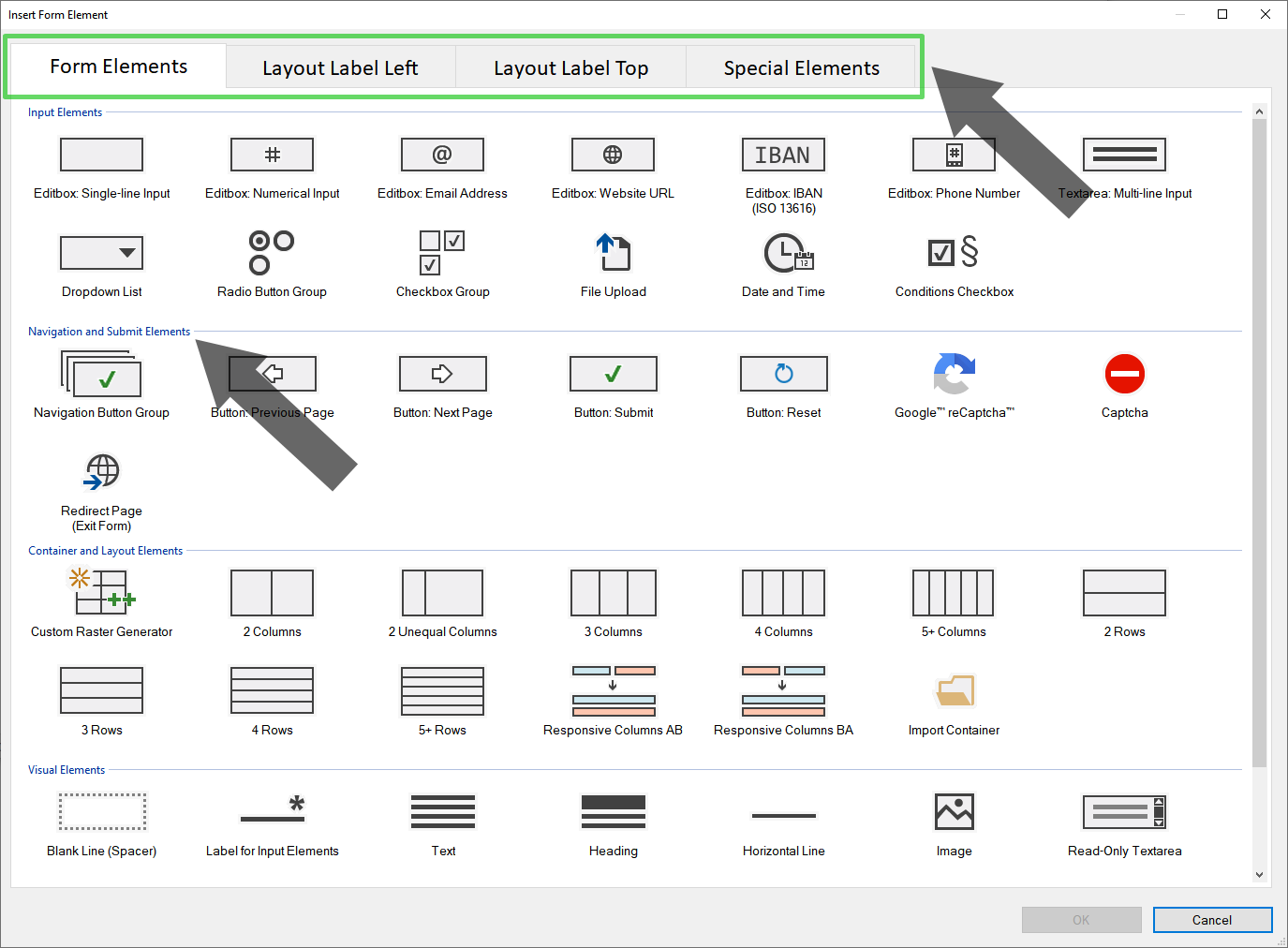Table Of Content

The well-executed use of negative space, often filled with white or a solid color, made the content digestible, inviting, and balanced. Proportion is the relative size of the design elements compared to each other. It comes organically once you’re done with your contrast and balance.
Featured Articles
Replicate a natural environment through texture to craft a more three-dimensional appearance. Knowing these elements and principles will help you see beyond what's tangible and produce more professional designs. It creates consistency, especially in web design tools, where things like colors and buttons need congruence to build trust and familiarity.
Balance
In advertising, guide the audience to the main object or product you want to sell. Emphasize design elements with bold lines and use thin lines for decoration. If you want to establish a more personal connection, appeal to your target market with lines that mimic handwriting. Pattern uses a repeated arrangement of elements to create consistency and unity throughout. Patterns can be regular or irregular, symmetrical or asymmetrical balance. Thus if a feeling of movement or speedis desired, or a feeling of activity, diagonal lines can be used.
Table of Contents
Depending on the outcome you want to achieve with your marketing campaign, you can play around with balance and symmetry. Both combinations can be used to create an interesting design that catches attention. Use visual hierarchy in your marketing materials to make it easier for your target audience to scan your content and determine what’s important to them easily. Keep this in mind for your website to draw the eyes of site visitors to the most important information and calls to action. Where emphasis draws the viewer's attention to specific elements in an obvious way, movement is more subtle. Color, value, and texture are just a few ways to achieve this, but also principles such as contrast movement and proportion.
The Power of White Space in Design

The Elements of Design are like words in a sentence; they are used in combination to accomplish the principles of design. Similar to the elements – these principles can go by a lot of different names that all describe similar effects. Balance is the principle governing how we distribute the elements of a design evenly. Balanced designs tend to appear calm, stable and natural, while imbalanced designs make us feel uneasy. The WWF logo, shown earlier, is an example of making use of the principle of gestalt to create interesting designs.
With the right principles, tools, and tips for graphic design, you can create compositions that are unique, catchy, and, of course, right. Now that you know the basic principles of design, it’s time to put them into practice. Last, but definitely not least principle, visual unity refers to the harmony between all parts of your design.
Literature on design principles
When these colors are mixed, the secondary colors of green, orange, and purple, are created. Mixing yellow and blue makes green, mixing red and yellow makes orange, and mixing red and blue makes purple. In web and graphic design, textures are used to create a sense of realism and add weight to flat visuals. In interior design, physical textures—from smooth and glossy to rough and matte—impact the room's mood and comfort level. Color is the effect humans see when light waves strike an item and reflect off the optic nerve in their eyes. A tool graphic designers and artists use to illustrate and explain subjects.
Use scale to tell a story and create a hierarchy to direct the eyes and take viewers on a visual journey. Scale refers to the relationship between two or more objects and how they are seen in comparison to each other. The focus here is on the different sizes of various elements in your design. For your advertising campaigns, good copy is essential but typography is as important as color when it comes to generating certain emotions. Emphasize words by making them bold or adjusting the color to make them stand out. You can also try something new and show your skill and passion as a designer by using trending fonts.
Elements of Design: Texture
The design principle of scale and proportion is the issue of size of elements both individually and in relation to other elements. A famous example of the subtle use of scale is the relative size of the figures in Mi- chelangelo’s Pietà. (Figure 2.60) The sculpture is a depiction of Mary hold- ing the body of her son Jesus after His crucifixion.
Hsiang Han Design: form and function from materials & processes - DesignWanted
Hsiang Han Design: form and function from materials & processes.
Posted: Thu, 06 Apr 2023 07:00:00 GMT [source]
In the realm of creative work, understanding the foundational elements of design is crucial. Graphic designs have various elements that designers must understand well to create visually pleasing digital graphics. Color, shape, and form are popular design elements you are familiar with, but other elements are just as important. Bottles have been added, and they represent some composites of different forms together. Due to the age of this piece it has smeared, and some of the details have been lost.
The strange lines in the background represent random pieces of masking tape stuck to whatever that was (I don’t even remember). It’s one of my favorite techniques, giving a soft, sculptural feel to a drawing. I also can’t sing enough praises for kneaded erasers; I simply won’t use any other kind since discovering them years ago during my first art degree program. Illustration of visual design elements and principles that include unity, Gestalt, hierarchy, balance, contrast, scale and dominance. Unity is found in similarity, while variety is found in difference.
Choosing the right colors is crucial when you’re trying to tell a story with your design. Elements of design are the parts of your work of art that you arrange and craft to create visually pleasing designs. It’s important to be aware of how these basic principles work together to find your way towards stunning designs more easily. To summarize, every piece of work uses point, line, shape, form, and color elements. These are the building blocks that form the visuals and structure.
Most designers prefer experimenting with asymmetry due to its eye-catching effect and the contrast it creates. When designers talk about balance, they’re working on getting the visual harmony and order right within their designs. If creating tension is your goal, creative freedom allows you to bend the rules and craft unbalanced layouts. Rhythm is like a combination of pattern, movement, and repetition. Picasso's work used a lot of rhythm, and other artists with a distinct brand or feel are quite rhythmic. In this simplistic yet elegant design, a contrast in colors adds depth of field and distance between objects.
A work ofart that lacks variety may be monotonous and lack interest. Many artists introduce variety into their compositions by making sure that no two intervals are the same. An interval is the space between elements, figures, or objects in a work of art. Understanding the elements of design is crucial in visual communication because they allow designers to effectively convey ideas and messages to their audience. By strategically using these elements, designers can guide the viewer's eye, create focal points, and establish a cohesive and visually appealing composition.


No comments:
Post a Comment